2010 Porsche Panamera 4S Review

The strategy of building halo models to attract attention from both the media and potential customers is nothing new. Generally sane automakers stuff large engines, big wheels and stiffer suspensions into otherwise normal cars and sell them for huge bucks. But ultimately a vehicle’s success is determined by whether it is the bread-and-butter models that are excellent, rather than the fraction of high-performance models that are sold.
FAST FACTS
| 1. The Panamera 4S comes standard with a 4.8-liter V8 that makes 400-hp and 369 ft-lbs of torque. |
| 2. It can hit 60 mph in just 4.8 seconds, or 4.6 seconds with the Sports Chrono Package that adds a “Sport Plus” button that engages the PASM suspension, increases throttle response and shift times while reducing the engagement of the stability control system. |
| 3. Porsche also offers a RWD Panamera S, a 500-hp Turbo model, as well as two new 300-hp V6 models: the Panamera and Panamera 4. |
Porsche’s excellent Panamera sedan has answered most of the criticisms leveled at it with supercar-esque performance and limo-beating luxury. As expected, the focus has fallen almost completely on the headline-generating Turbo model and its 500-hp V8. However, the majority of sales will be the newly-introduced V6 models as well as the more reasonably sporty, normally aspirated V8-powered S and 4S. That being said, models like the Panamera 4S are worth a little more attention to see how they stack up to the car’s competition.
NO TURBO, BUT 400-HP IS PLENTY
The basis for the S models rests in a non-turbocharged version of the same 4.8-liter V8 engine that puts out 400-hp at 6500 rpm and 370 ft-lbs of torque from 3500-5000 rpm. As with the Turbo, the regular V8s use the same seven-speed PDK dual-clutch transmission, which routes power to the rear wheels in the S, or all four wheels in the 4S. The 0-60 mph times are up from the Turbo’s four-second range to 5.2 for the S and 4.8 for the 4S, but using the optional Sport Chrono Pack’s launch control pulls back two tenths for each.
Although the Porsche’s ultimate pace might be reduced, the noise it makes is still guaranteed to raise the hair on your neck. Freed of the turbo muffle, that bent-eight is happy to sing a baritone solo, revving freely with heavy applications of throttle. You feel happy that this engine is finally burst free of the Cayenne’s heavy restraints to do double-duty in a vehicle more suited to the Porsche crest.
NIMBLE HANDLING
Come to that first corner, and the Panamera 4S behaves differently than the Turbo. While both share the company’s excellent Porsche Active Suspension Management (PASM) that adjusts damping through Comfort, Sport and Sport Plus settings, only the Turbo comes with adaptive air suspension, which automatically adjusts spring rates and ride height. The S’ lighter weight steel springs – along with the smaller standard brake discs and 18-in wheels – means less rotational mass and unsprung weight, and that translates into better steering feel.
At a Panamera event held at Road America last fall, it was no surprise that legendary Porsche racer/owner Hurley Haywood preferred the simplicity of the rear-wheel-drive S over the Turbo’s extra weight and power. However, those who live in snowier climes may appreciate the added security of the all-wheel drive 4S.
An added benefit to the diet is an improvement over the already impressive fuel economy: both the S and 4S are rated at 16/24 mpg (city/hwy) versus 15/23 mpg for the Turbo.
PURE LUXURY, FOR FOUR
Thankfully, the V8’s cabin retains the same impressive finishes and relatively generous level of standard equipment found in the Turbo. That means standard power windows, locks, mirrors and an automatic tailgate, along with rear-park assist, eight-way power seats, split-folding rear seats, and a three-spoke multi-function steering wheel adjustable for reach and rake.
Visually, the S differs from the Turbo with a one-piece movable rear wing, smaller wheels, black side vents, and other very minor details.
Popular style and comfort upgrades are sure to include the Bermester High-End sound system ($5,690), the ultra-supportive Sport Seats at $3,200 and any number of 19- or 20-in wheels, which start at $1,500 and climb from there. Performance options are plentiful, as expected. Adaptive Air Suspension ($1,990), Variable Assist Power Steering ($270) and the Sport Chrono Package ($1,320) are reasonable choices. Porsche Dynamic Chassis Control with a rear-diff lock ($4,460), Sport Exhaust ($2,950) and the ceramic composite brakes ($8,150) require some serious coin to consider.
THE VERDICT
Porsche’s big advantage is pricing. The regular S is priced within a few thousand dollars of both the 400-hp BMW 750i and the 382-hp Mercedes-Benz S550. Neither could be called anywhere near as enthusiastic a vehicle as the Panamera – at least without dipping heavily into the option sheet. However, for those who are looking for a more traditional big-salary-big-sedan choice, the Bimmer or ‘Benz might be a vehicle that requires fewer compromises. Some customers just can’t fathom spending 90 grand on a five-door hatchback, while others would need five seats – something no Panamera delivers for now.
For those looking for the ultimate four-door performance machine, though, Porsche delivers – even with the more basic S and 4S. And if you’re careful with the options list, there’s a good chance you can keep the price from breaking six figures.
RELATED READING
2010 Porsche Panamera S: First Drive
2009 BMW 750i
2008 Mercedes-Benz S63 AMG Review
2010 BMW 5 Series GT: First Drive
Porsche Panamera V6 Models Arriving This June
LOVE IT
- Powerful, tuneful V8
- Incredible steering
- Balanced performance
LEAVE IT
- Standard wheel design
- Big options list
- Not the prettiest...

Mark has worked as an automotive journalist for over 10 years, starting as a student at Centennial College, in Toronto, by launching an auto-review section in the college paper, The Courier. Since then, he's been Editor of Inside Track Motorsport News and its Streetwise section of new-vehicle reviews and industry news, done stints at Carguide and World of Wheels, and currently works as an award-winning freelancer for AutoGuide.com, MSN Autos Canada and more. He's also a first-time father, so don't be surprised if the frustration of properly installing a car seat creeps into his work.
More by Mark Atkinson













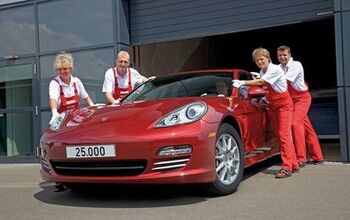

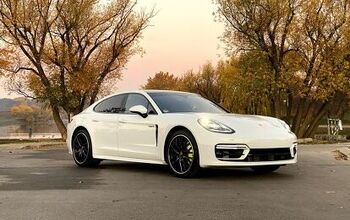




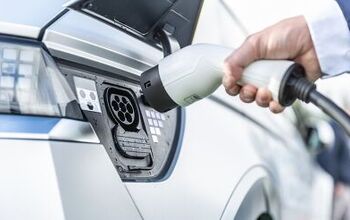

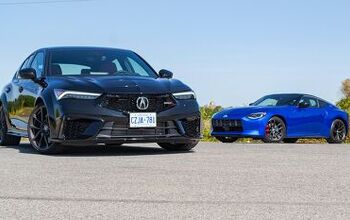

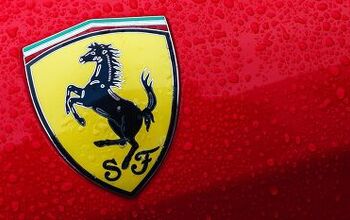
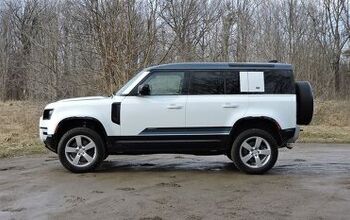
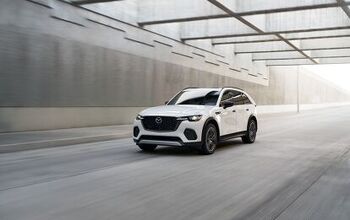

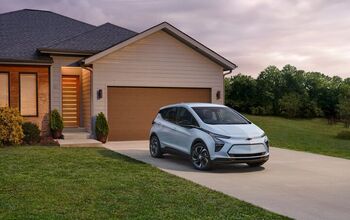

Comments
Join the conversation
http://gt36.blogspot.com/2010/03/2011-chevrolet-silverado.html Chevrolet Silverado http://gt36.blogspot.com/2010/03/porsche-918-spyder.html Porsche 918 Spyder http://gt36.blogspot.com/2010/03/2010-volkswagen-golf-r.html Volkswagen Golf R http://gt36.blogspot.com/2010/03/ford-iosis.html Ford iosis http://gt36.blogspot.com/2010/03/porsche-911-turbo.html Porsche 911 Turbo http://gt36.blogspot.com/2010/03/ford-mustang-shelby-gt500-convertible.html Ford GT500 Convertible